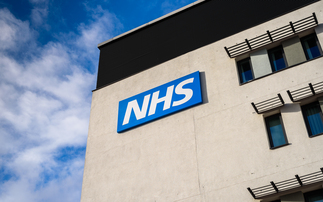Almost 20% of some NHS-funded operations are now carried out by the private sector, according to the Institute for Fiscal Studies (IFS).
However, due to increases in the number of NHS-funded treatments over the last five years, the total number of patients treated at NHS hospitals has not gone down.
Figures show there has been a significant fall in the proportion of patients being seen at their local NHS Trust since 2006/07.
This is due to an increase in independent sector treatment centres (ISTCs) - privately-owned centres that treat NHS funded patients.
Elaine Kelly, a research economist at IFS and one of the authors of the report, said: "The use of private providers to treat NHS patients is no longer a marginal policy reform and deserves greater investigation.
"There has been a significant shift in market shares over the past five years from patients' nearest NHS hospitals to private providers.
"For some procedures, almost one-in-five NHS-funded operations are now carried out by the private sector."
By 2010/11, outpatient provision by ISTCs had gone from a negligible presence to accounting for 3.5% of all first appointments - almost half a million that year alone, the IFS report said.
Private centres have also increased their market share of inpatient admissions for operations such as hip replacements and unilateral inguinal hernia repair.
Anita Charlesworth, chief economist at the Nuffield Trust, commented: "Together, increased private provision and choice reforms have achieved major steps towards the government's goal of providing viable alternatives to existing providers and GPs.
"Interestingly, the research finds little overall change in treatment patterns among NHS hospitals.
"However, it is hard to see this pattern being sustained as austerity bites... policy-makers and commissioners should be thinking carefully about how new providers and new powers of patient choice can change where patients are being treated."











